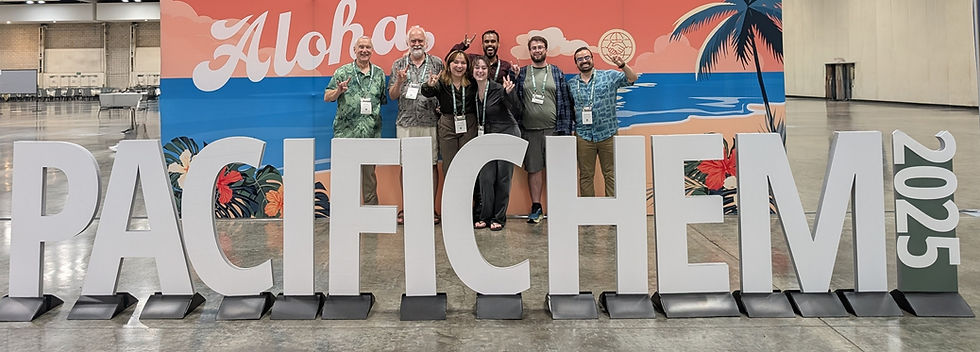Neosuberitenone, a New Sesterterpenoid Carbon Skeleton, from the Antarctic Sponge Suberites
- ezequiel cruz rosa
- Feb 2, 2023
- 1 min read
Updated: Aug 31, 2025
(2023)
Respiratory syncytial virus (RSV) is a highly contagious human pathogen that poses a significant threat to children under the age of two, and there is a current need for new small molecule treatments. The Antarctic sponge Suberites sp. is a known source of sesterterpenes, and following an NMR-guided fractionation procedure, it was found to produce several previously unreported metabolites. Neosuberitenone (1), with a new carbon scaffold herein termed the ‘neosuberitane’ backbone, six suberitenone derivatives (2–7), an ansellane-type terpenoid (8), and a highly degraded sesterterpene (9), as well as previously reported suberitenones A (10) and B (11), were characterized. The structures of all of the isolated metabolites including absolute configurations are proposed on the basis of NMR, HRESIMS, optical rotation, and XRD data. The biological activities of the metabolites were evaluated in a range of infectious disease assays. Suberitenones A, B, and F (3) were found to be active against RSV, though, along with other Suberites sp. metabolites, they were inactive in bacterial and fungal screens. None of the metabolites were cytotoxic for J774 macrophages or A549 adenocarcinoma cells. The selectivity of suberitenones A, B, and F for RSV among other infectious agents is noteworthy.




Comments